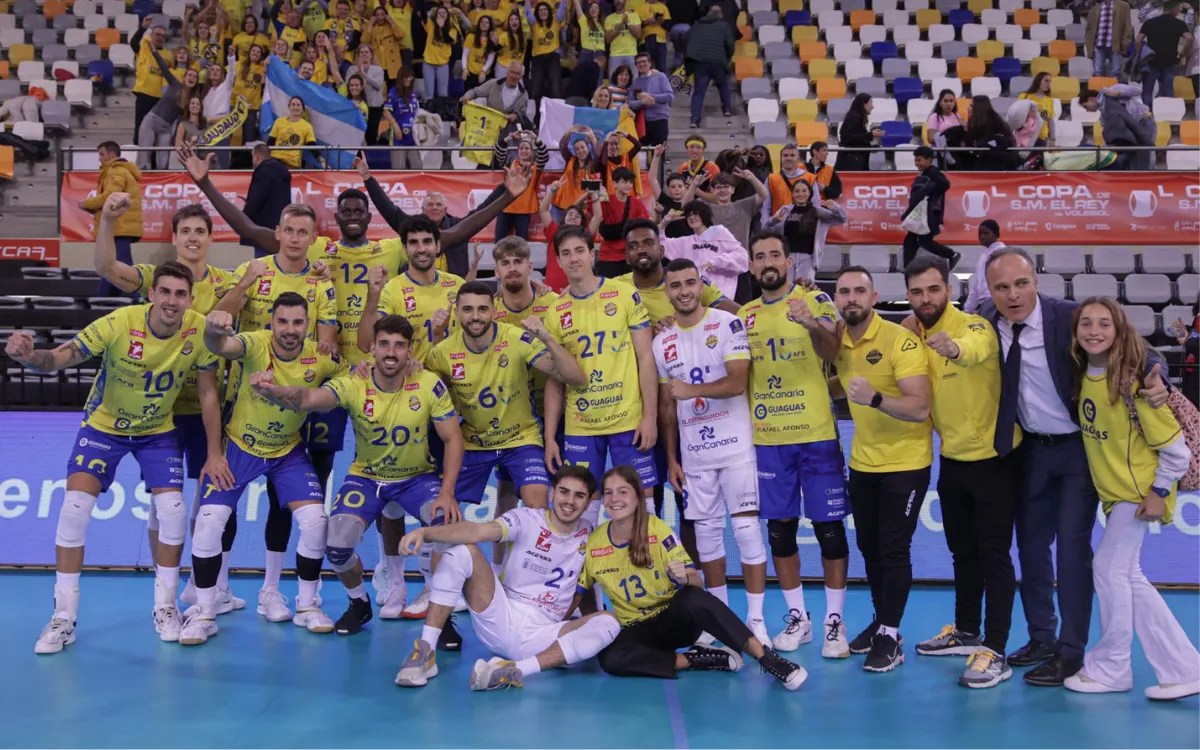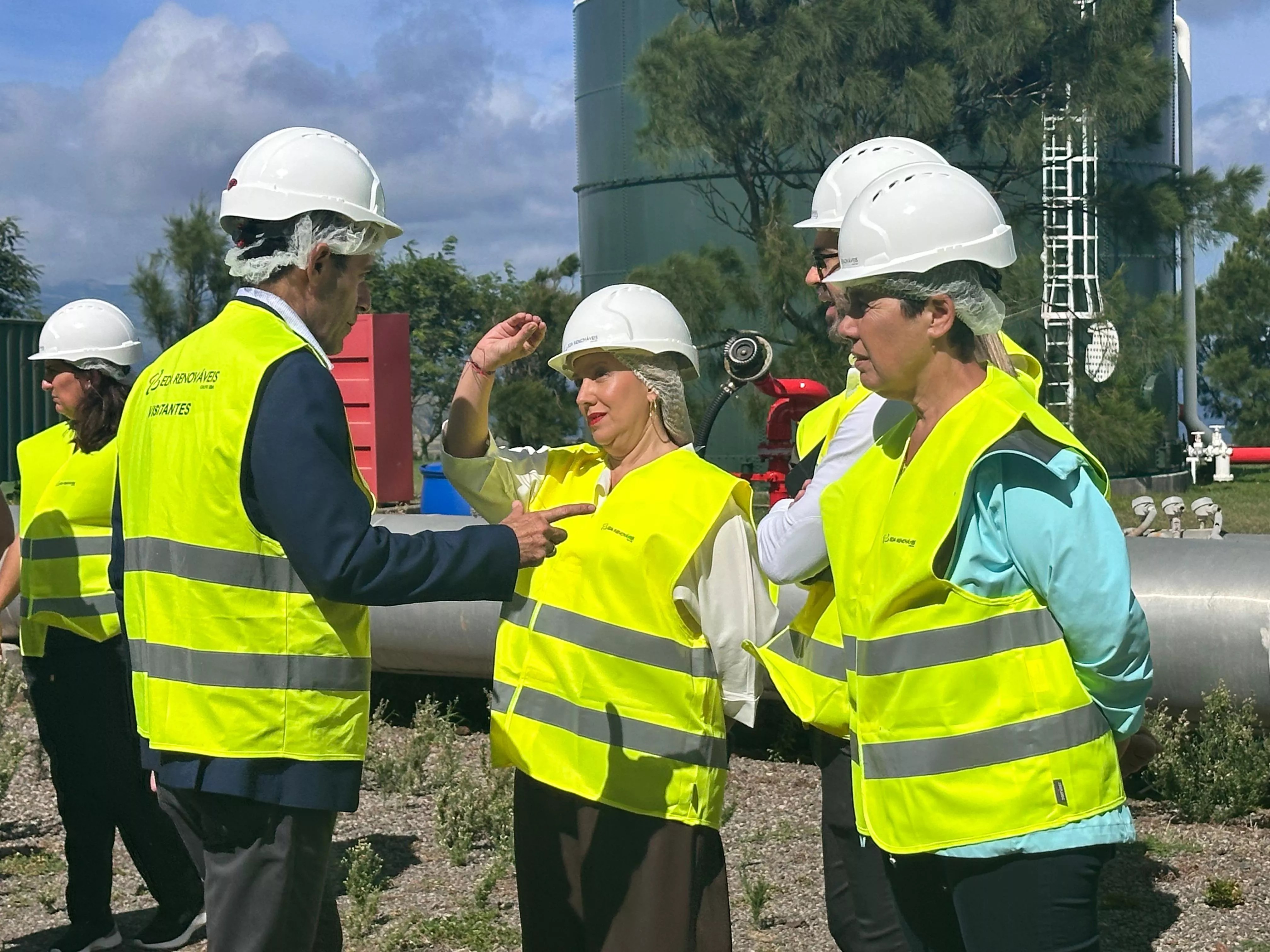
SANTA CRUZ DE TENERIFE, Sep 17 (EUROPA PRESS) –
The Nuestra Señora de Candelaria University Hospital has carried out a total of 85 surgeries with the Da Vinci robot between January and July of this year, a technology that provides greater precision, reduces intervention time and favors a faster recovery of the patient
The Robotic Surgery program of the hospital center, which started in April 2019, performs operations to address pathologies in the field of the specialties of General and Digestive Surgery, Urology, Gynecology, Gynecological Oncology and Endocrinology.
Dr. Manuel Barrera, head of the General and Digestive Surgery service of the Hospital de La Candelaria, highlighted that “the center’s professionals have continued to develop this highly complex surgical activity that requires specific training for its execution.”
Among the advantages offered by robotic surgery, its greater precision and safety in the intervention area stands out, thus minimizing the risk of injury to the surrounding areas, a faster recovery of the patient.
Da Vinci robotic surgery is one of the latest great advances in medicine in the surgical field, as it combines the conventional laparoscopic technique with millimeter precision robotic technology and 3D imaging.
The Da Vinci Xi surgical robot at the Hospital Universitario Nuestra Señora de Candelaria consists of three large units.
On the one hand, there is the ergonomic surgeon’s console that is considered the command center of the Da Vinci system. It is designed to offer comfort to the professional who handles the robot controls, as opposed to the postures adopted in conventional laparoscopic techniques.
The surgeon sits at this console from where he operates a 3D endoscope, two main controllers of the surgical instruments with both hands, as well as foot pedals.
The movements carried out by the professional on the surgical console are digitized and modified by the robot’s computer system capable of eliminating tremors, thus providing the surgeon with a greater field of action and a precise intervention during the operation.
The second technical element is the surgical trolley, responsible for technically performing the operation on the patient and whose main function is to hold the ‘arms’ of the equipment where the instruments are installed. In this sense, the nursing staff plays a fundamental role, as they help the surgeon who is at the console with the exchange of instruments and endoscopes, as well as in other tasks in the patient’s area.
The vision tower is the last major component of the surgical robot, housing both the 3D imaging equipment and the central processing of the system.
















